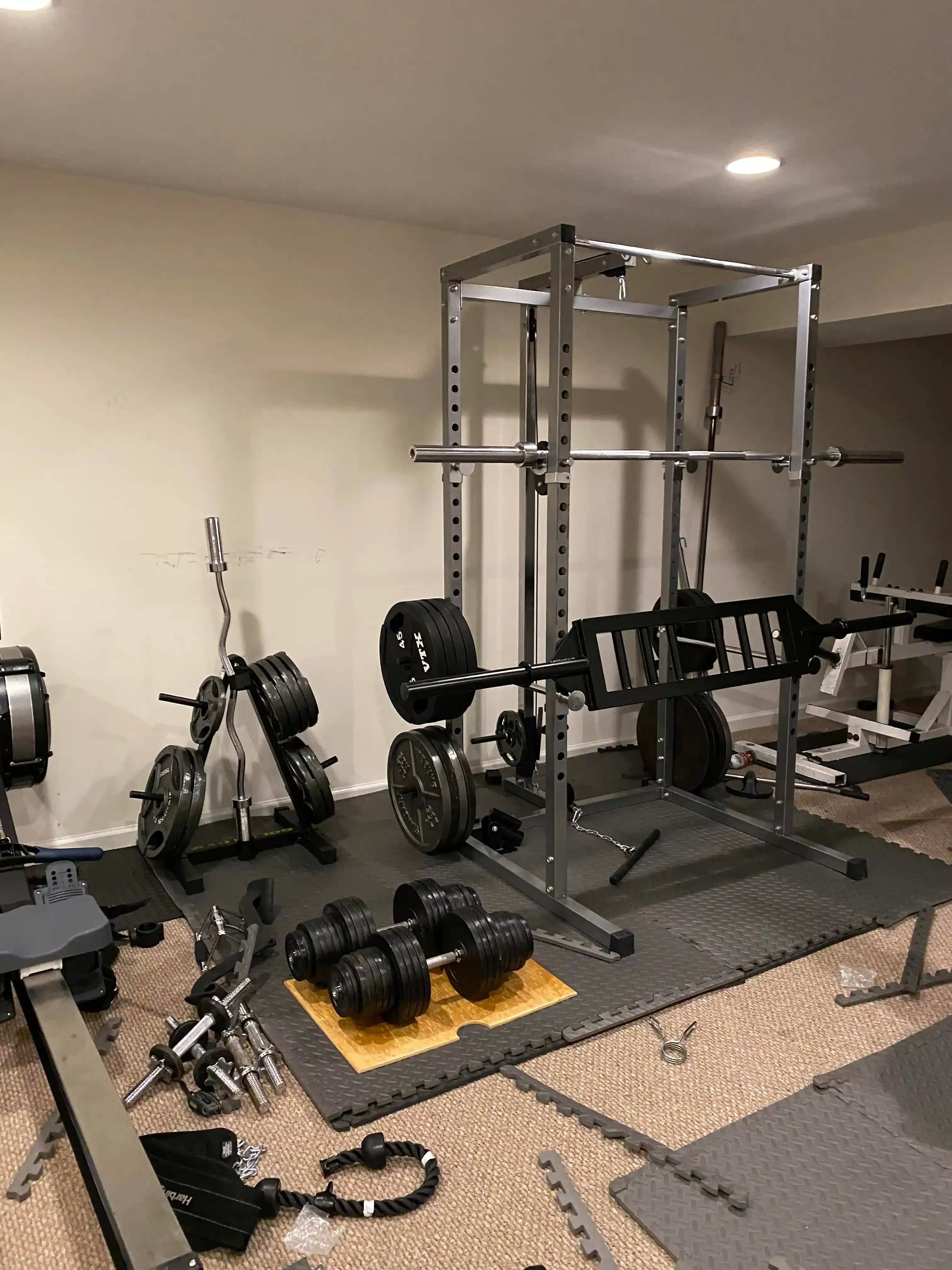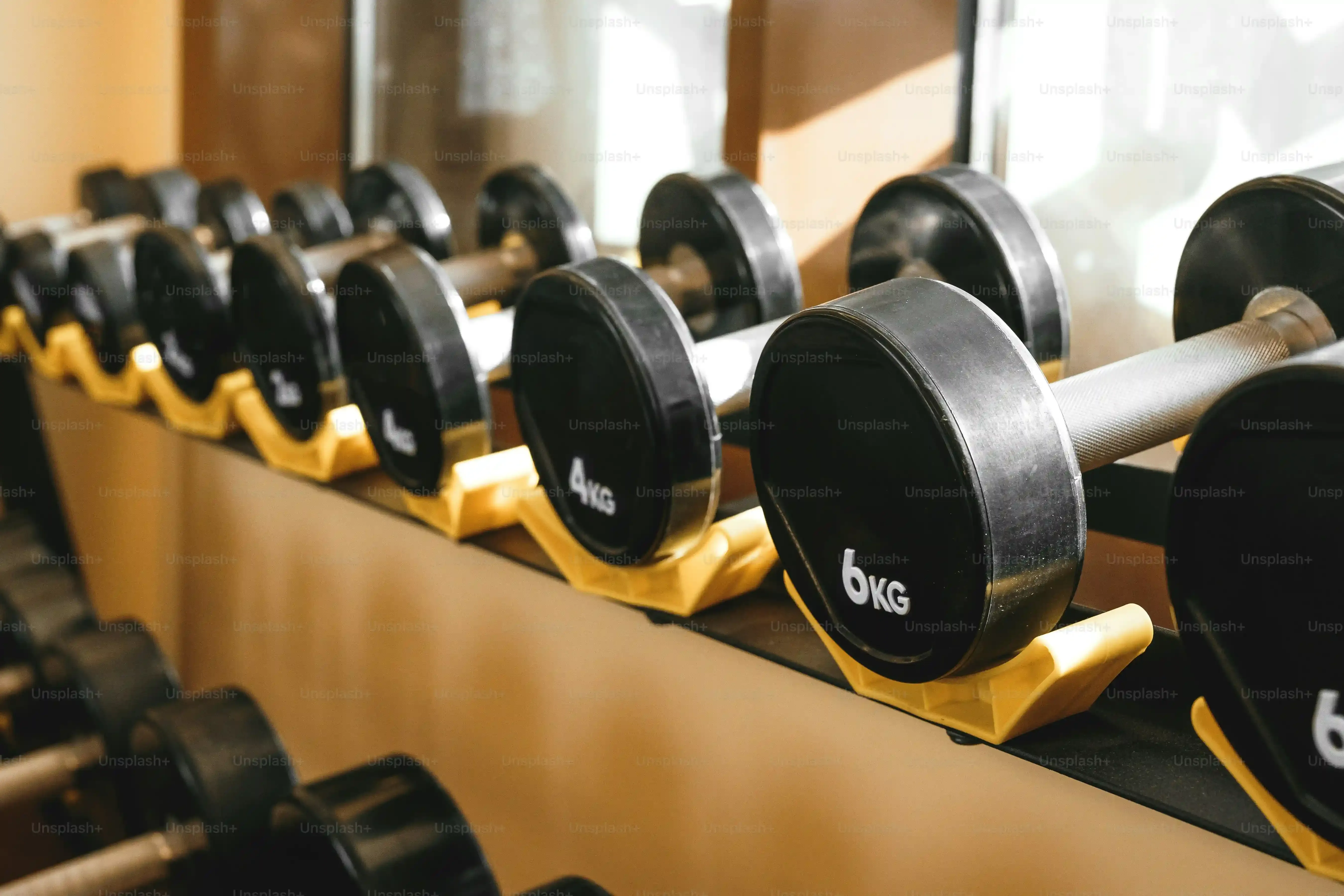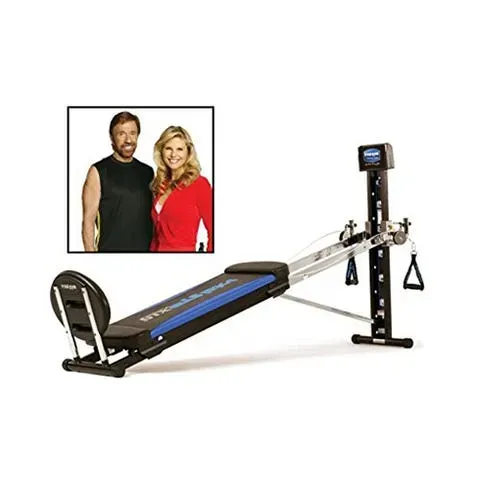Table of Contents
Ah, the 90s. A time of questionable fashion choices, dial-up internet, and a fascinating explosion of fitness gadgets promising instant results right in your living room. Before streaming workouts and sleek, minimalist machines took over, the airwaves hummed with infomercials showcasing all sorts of contraptions. Remember flipping channels late at night and getting mesmerized by toned bodies gliding on bizarre equipment? That was the golden age of 90s home gym equipment.
Stepping Back into the 90s Home Gym Scene
Stepping Back into the 90s Home Gym Scene
The Rise of the Living Room Sweat Session
Remember when the living room wasn't just for watching TV? In the 90s, it transformed into a makeshift gym, often cluttered with bizarre contraptions. This shift wasn't accidental. Life seemed to get busier, gym memberships felt like a commitment (and required leaving the house!), and the allure of getting fit while catching your favorite sitcom was powerful. Suddenly, everyone wanted a piece of the action, and the market responded with an absolute flood of 90s home gym equipment.
It felt like every other commercial break featured someone demonstrating a revolutionary new way to sculpt your abs or tone your thighs without breaking a sweat. The promise was convenience, efficiency, and often, dramatic results with minimal effort. This era really cemented the idea that fitness could, and perhaps should, happen within the confines of your own four walls.
Infomercials Were Our Fitness Gurus
Let's be honest, a huge part of the 90s home gym equipment phenomenon was the infomercial. These weren't subtle ads; they were 30-minute sagas featuring enthusiastic hosts, dramatic before-and-after testimonials, and demonstrations that made even the most awkward-looking machine seem like a magic wand. Tony Little, Suzanne Somers, Chuck Norris – these weren't just celebrities; they were the high priests and priestesses of the home fitness cult.
Buying equipment felt less like a purchase and more like joining a movement. You weren't just getting a machine; you were getting a promise, delivered straight to your door. My neighbor down the street bought a Gazelle because "Tony said it was the easiest way to get cardio without hurting your knees." She used it twice before it became an expensive coat rack. Sound familiar?
- Infomercial hosts were fitness celebrities.
- Promises often outweighed practical results.
- Home fitness offered convenience over traditional gyms.
- The market exploded with diverse, sometimes strange, equipment.
A Golden Age of Peculiar Innovation
Walk into someone's basement or garage in the late 90s, and you were likely to find a landscape of questionable fitness tech. There was the Total Gym, endorsed by Chuck Norris himself, looking like a medieval torture device crossed with a slide. Then you had things like the Ab Roller, which seemed simple enough but somehow managed to be both ineffective and awkward simultaneously. Power Rods? Vibration platforms? The variety was truly astounding, bordering on the absurd at times.
Each piece of 90s home gym equipment had its unique selling point, often emphasizing a specific muscle group or a novel mechanism. While some were based on sound principles, many felt like they were designed more for television appeal than actual, sustainable fitness results. It was an era where marketing often trumped biomechanics, leading to some truly memorable, if not always effective, creations.
The Most TalkedAbout 90s Home Gym Equipment We Can't Forget
The Most TalkedAbout 90s Home Gym Equipment We Can't Forget
The Sliding Sensation: Total Gym
let's start with the big one. The Total Gym. You couldn't escape it. It looked like a fancy ironing board on a stand, and somehow, Chuck Norris and Christie Brinkley swore by it. The premise was simple: use your own body weight on a sliding board, pulling or pushing with cables or bars. They advertised it as a do-it-all machine, claiming it could give you a complete workout – strength, flexibility, even cardio – all in one go.
It certainly had more going on than a simple set of dumbbells. The infomercials showed people doing everything from leg presses to bicep curls, all while dramatically sliding up and down the rail. It took up a decent chunk of floor space, but hey, Chuck Norris! That alone convinced a lot of people this was the real deal for their 90s home gym equipment setup.
- Advertised for full-body workouts.
- Used bodyweight resistance on a sliding board.
- Endorsed by major celebrities like Chuck Norris.
- Promised versatility and convenience.
Tony Little's Glider: The Gazelle
"You can do it!" If you heard that in the 990s, you probably pictured Tony Little, ponytail flying, gliding effortlessly on a Gazelle. This machine was basically two foot platforms that swung back and forth, mimicking a sort of low-impact striding or skiing motion. Tony pitched it as easy on the joints, perfect for cardio, and simple enough for anyone to use while watching TV.
The Gazelle became a staple in many homes, often relegated to a corner but always recognizable. It didn't look particularly intimidating, which was part of its appeal. Just step on and glide your way to fitness, right? The reality for many was a bit less glamorous, often involving awkward wobbling and realizing that maybe gliding wasn't quite the calorie-burner the commercials made it out to be. Still, it holds a special place in the pantheon of memorable 90s home gym equipment.
Chasing Abs with Rollers and Dollies
Ah, the eternal quest for flat, toned abs. The 90s brought us a plethora of gadgets specifically designed to target the midsection, and two standouts were the Ab Roller and the Ab Dolly. The Ab Roller was that curved metal frame with a headrest, supposedly supporting your neck so you could do crunches more effectively. It looked like a torture device for your skull, frankly.
Then there was the Ab Dolly, a small platform on wheels that you'd kneel on and push forward, extending your body out like a plank on wheels. Both promised a direct line to a six-pack without the strain of traditional exercises. Did they work? Debatable. Did they become iconic pieces of 90s home gym equipment cluttering basements everywhere? Absolutely.
Remember trying to use the Ab Roller and just feeling your neck strain, or attempting the Ab Dolly and immediately collapsing? Good times.
Did any of this 90s home gym equipment actually deliver on its promises, or was it mostly just wishful thinking and clever marketing?
Were These 90s Home Gym Equipment Wonders or Just Gimmicks?
Were These 90s Home Gym Equipment Wonders or Just Gimmicks?
Sorting Fact from Infomercial Fiction
Look, let's cut through the spandex and bad lighting of those infomercials for a second. While it's easy to scoff at some of the wilder claims, not all 90s home gym equipment was completely useless. Machines like the Total Gym, at their core, utilized bodyweight resistance, which is a legitimate way to build strength. The concept wasn't flawed; it was the execution, the over-the-top marketing, and the implication that this one machine was all you'd ever need that stretched the truth thinner than a worn-out resistance band. Some pieces, like basic exercise bikes or treadmills that also gained popularity, were just standard fitness gear repackaged for the home market.
The issue often wasn't the fundamental mechanics but the context they were sold in. They promised revolutionary results without requiring consistent effort or proper form. It was the era of "effortless" fitness, a concept that remains, frankly, absurd. You can't vibrate your way to a six-pack, no matter how persuasive the late-night pitchman is.
The Gimmick Graveyard is Full
For every piece of 90s home gym equipment with a kernel of a good idea, there were ten that belonged squarely in the gimmick graveyard. Remember the ThighMaster? Squeezing a bent piece of metal between your legs wasn't exactly a comprehensive lower body workout, no matter how many times Suzanne Somers smiled about it. The Ab Roller, while providing some neck support (maybe), didn't magically make crunches more effective; proper form and consistency did. Many items targeted isolated muscle groups with awkward, unnatural movements that likely did more for collecting dust than building muscle.
These items often exploited a desire for quick fixes and targeted problem areas without addressing overall fitness or health. They were impulse buys fueled by clever advertising, designed to look intriguing on screen but often proving uncomfortable, ineffective, or just plain silly once they arrived in your living room. They were less about sustainable fitness and more about capitalizing on trends and insecurities.
Iconic 90s Item | Core Principle (if any) | Common Criticism |
|---|---|---|
Total Gym | Bodyweight resistance | Overpriced, bulky, overhyped versatility |
Gazelle | Low-impact cardio motion | Ineffective for significant calorie burn/strength |
Ab Roller | Crunch assistance | Doesn't improve effectiveness, potential neck strain |
ThighMaster | Inner thigh resistance | Limited range of motion, isolated muscle focus |
Legacy: More Nostalgia Than Leg Strength
So, were these pieces of 90s home gym equipment wonders? Mostly no. Were they just gimmicks? Many of them, absolutely. Their real legacy isn't in revolutionizing fitness, but in becoming cultural touchstones, symbols of an era's approach to health and marketing. They represent a time when the promise of an easy workout trumped the reality of hard work. Some concepts, like using bodyweight or low-impact cardio, endure in modern fitness, but the specific machines often feel like relics.
Today's home fitness landscape, dominated by connected bikes, smart mirrors, and effective resistance bands, makes the Ab Dolly feel particularly primitive. We look back at this 90s home gym equipment with a mix of fondness, humor, and perhaps a little relief that we've moved on to slightly less awkward ways to break a sweat. They were a product of their time, capitalizing on technology (like infomercials) and consumer desire, leaving us with some memorable, if not always effective, ways people tried to get fit at home.
Why We Still Chat About 90s Fitness Fads Today
Why We Still Chat About 90s Fitness Fads Today
More Than Just Machines: It's About Nostalgia and Culture
So, why do we still find ourselves chuckling about the Gazelle or the Ab Roller? It's not just about the questionable design or effectiveness of the 90s home gym equipment itself. These contraptions are woven into the cultural fabric of the decade. They represent a specific time when home fitness was exploding, fueled by late-night infomercials and celebrity endorsements that felt both aspirational and slightly ridiculous. They are tangible reminders of a pre-internet era where fitness advice came via cable TV and mail-order catalogs. Talking about them is like flipping through an old photo album – you cringe a little, but you also remember a simpler, perhaps sillier, time.
They spark conversations, triggering memories of trying them out at a friend's house or begging your parents for the latest gadget. It's a shared experience for a generation that grew up watching Suzanne Somers squeeze the ThighMaster. This collective memory keeps the legacy of this specific 90s home gym equipment alive, long after the machines themselves have been banished to garage sales or landfills.
Lessons Learned (and Ignored) from the Home Gym Boom
Beyond the nostalgia, the 90s home gym equipment craze offers some interesting insights into fitness trends and consumer behavior. It showed the immense power of marketing, proving you could sell almost anything with the right pitch and a charismatic spokesperson. It also highlighted the enduring human desire for quick fixes and easy paths to fitness, a desire that modern marketing continues to tap into, albeit with shinier tech.
We learned, often the hard way, that there's no magic bullet. Consistent effort, proper form, and a balanced approach are what actually deliver results, not just owning a fancy machine. The era underscored the importance of critical thinking when faced with bold fitness claims. While today's home gym equipment is often more sophisticated and effective, the fundamental lessons about avoiding gimmicks and focusing on sustainable habits remain just as relevant. The ghosts of ThighMasters past serve as a humorous reminder to be wary of promises that sound too good to be true.
- 90s fitness gear represents a distinct cultural era.
- Infomercials shaped our perception of home fitness.
- The era highlighted the appeal of quick fitness fixes.
- We learned marketing can be more persuasive than results.
- It reminds us that consistent effort beats gimmicks.
So, What Was the Deal with All That 90s Home Gym Equipment?
Looking back at all that 90s home gym equipment, it's clear the decade was a wild frontier for at-home fitness. You had everything from surprisingly effective resistance systems to vibrating platforms that seemed straight out of a sci-fi movie. While some pieces genuinely offered a decent workout and paved the way for modern equipment, others were, let's be honest, probably better at separating people from their money than from their belly fat. Yet, there's a certain charm to these clunky, often bizarre inventions. They represent a time when the idea of fitness in your living room was really starting to take off, driven by catchy infomercials and celebrity endorsements. They might gather dust in basements now, but they certainly left their mark on fitness history, reminding us that sometimes, the road to getting in shape involved a few questionable detours.